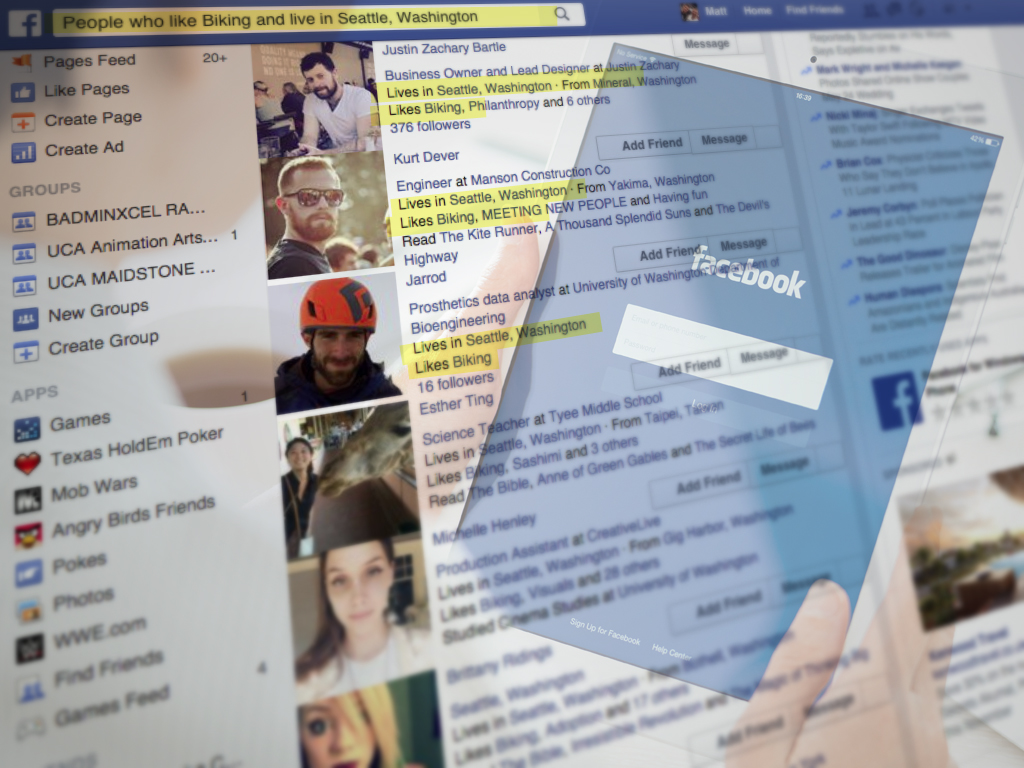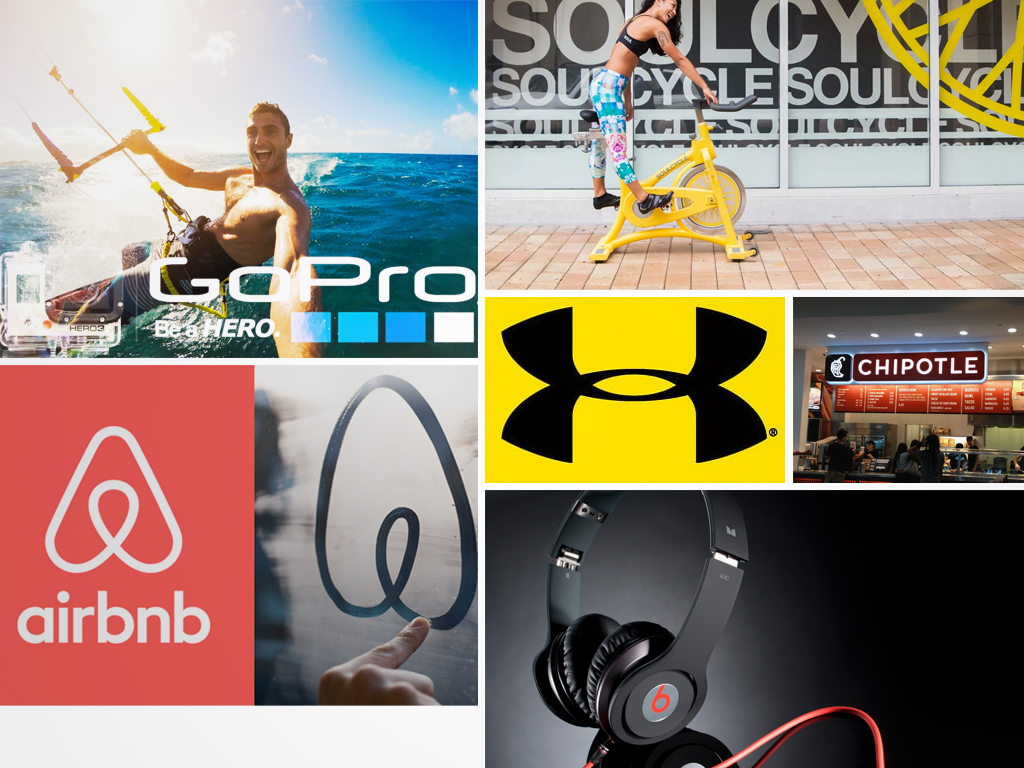It’s no longer adequate for marketers to simply put forth their most creative ideas. Instead, in order to forge meaningful bonds with consumers of the future, marketers must also produce campaigns that combine technology with a slew of touchpoints and an element of social good. That’s because these so-called “big idea” campaigns are the ones that are truly memorable and make relationships with consumers stick.
It’s yet another change, but the strength of the marketing industry is in its ability to adapt as the marketplace changes. For decades, naysayers have predicted the downfall of the advertising industry, pointing to broken models, but that’s simply not a risk as long as advertisers stay relevant, add value and respond to needs. That’s according to Michael Roth, chairman and CEO of global advertising holding company Interpublic, who spoke at Ad Age’s recent digital conference.
Case in point: The industry has faced a number of recent changes, but successful marketers have looked toward the future and are creating content that is not just creative, but spans platforms while simultaneously doing social good. This, Roth said, will be increasingly key to connecting with consumers because it forges a much stronger bond than simply a purchase transaction.
Fragmentation
The media landscape is now fragmented among many different outlets. This leads to confusion about where clients can get the most bang for their buck.
“And this is where we in the business can add value,” Roth said. “Clients are looking for someone who can help them make sense of this. Someone has to be agnostic about what is spent. That’s how we add value.”
Consumer Control
Marketers must also participate in conversations 24 hours a day, Roth said.
“That’s all you hear is the consumer is in control and the reason you hear that is because it’s true,” he said. “We do all the things our clients do and encourage you to participate, but the point is that the consumer wants it when they want it and how they want it.”
Roth said the best example of this issue is binge watching in which consumers literally consume a ton of content at once. This, he said, forces marketers to think how they will deliver stories in an environment “that is so immediate and on demand.”
Technology
Technology has also changed the world.
Roth points to out-of-home advertising and encourages marketers to think of opportunities where they can add value. In Peru, for example, an engineering school wanted to help the populace know about its offerings, so it tackled a local water accessibility problem by developing a billboard that converted humidity into drinking water.
“Everyone in the community showed up and used this as a source of drinking water,” he said. “Think about the relationship the person has with the provider of these services. It cannot be broken.”
Purchase Funnel
In addition, the purchase funnel has “changed dramatically,” he said.
He points to L’Oreal’s Intelligent Color Experience campaign in which the brand installed vending machines in the New York City Subway that “[detected] the colors in a woman’s outfit and [picked] out the most prominent and related color palettes, then [recommended] L’Oreal Paris products to match and lastly [allowed] women to quickly and easily purchase those products on the spot,” the brand said in a release.
“Experiential, technological and creative are now the types of transactions…that develop the relationship between L’Oreal and the brand and the consumer,” Roth said. “The theme I’m developing here is that it’s not just one particular item. It’s using all of the different tools we have to make the relationship with the consumer stick.”
In other words, siloed offerings are simply not going to cut it anymore.
“We have to have a common goal,” he said. “And critical to this is creativity. This is where our industry has a leg up on all those others out there.”
In addition, marketing of the future must incorporate three additional features:
1. Native Utility
According to Roth, brands have to be able to create stories and use creativity specifically for the distribution platform they’re on.
“You can no longer do a 30-second TV spot and take the spot and put it on mobile or put it on some type of social context,” Roth said. “It has to be an offering relative to the distribution system you’re using.”
2. Data
Marketers must use data to know where the consumer is, to get to the right consumer and to make sure it works.
3. Social Good
Roth said he thinks this is the future as the relationship between brands and consumers becomes “something better than just point of sale transactions.”
In other words, combining technology, creativity and advertising are the “lynchpins that are driving business in the future,” Roth said.
In addition, marketers have to be able to combine these features with a single voice, which, he concedes, is not easy to do. However, he points to three campaigns that do a particularly good job of combining these elements.
Coca-Cola Peru’s Happy ID
In Peru, Roth said citizens weren’t smiling in their driver’s license photos for some reason.
“And it took on this thing as a culture – you never smile when you go for a driver’s license in Peru,” Roth said. “So we had this insight: Let’s see if we can make people happy, which ties into the Coca-Cola campaign on happiness.”
As such, the brand installed free photo booths that allowed consumers to take photos simply by smiling. And participating consumers also received free Coke. As a result, 45,000 Happy IDs were created.
“Everything was at play here – technology, creativity, media, big idea, distribution and social good,” Roth said. “Which is why it was award-wining at Cannes.”
In a blog post, Lizandra Freitas, Coca-Cola Transandean Franchise Unit Marketing Director, said, “With the ‘Happy ID’ campaign, we sought to encourage all Peruvians to undertake a great mood transformation, starting with a very simple and easy act: to smile while having their national ID photo taken. Smiling is a sign of optimism, well-being and happiness. And it should be expressed and become increasingly visible.”
Nivea Sun Kids
In Brazil, Roth said sunscreen brand Nivea was faced with the challenge of how to distinguish itself from other sunscreen brands, so it aligned that problem with another common problem: children running away from their parents at the beach.
Nivea designed a bracelet for the child’s arm, which could be torn out of magazines and then paired with an app that allowed parents to identify the bracelet and set the maximum distance their children could go.
“If the limit is exceeded, you are alerted and the radar shows you when you’re nearby,” Roth said.
What’s more, the bracelets were humidity-resistant and could be used more than once.
“It uses digital, print, and has a social cause if you will and relates to the consumer – the mother at the beach and making sure her child is protected. I can’t think of a more powerful message,” he said. “You can see how all the different disciplines had to be brought together and demand for the bracelets was off the charts. They sold out all the magazines in which they were printed.”
Pointing to the relationship between the brand and parents going to the beach, Roth said, “What we do actually works when it is done correctly.”
Navy’s Project Architeuthis
According to Roth, the challenge for Campbell Ewald for this particular campaign was to help the Navy recruit 1,000 cryptologists without paid media, so the agency focused on gaming. Specifically, the campaign targeted self-motivated, highly intelligent consumers that like solving puzzles.
Project Architeuthis focuses on the fictional abduction of the architect of a top secret weapon and the cryptologist Maria who sneaks aboard an enemy ship to send out coded messages, puzzles, ciphers and the like over the course of 18 days. The puzzles eventually revealed six major clue words, which, in turn, could be used to track down coordinates of the enemy ship.
Per Roth, the campaign exceeded the Navy’s recruiting target by connecting the brand with about 1300 cryptologists and it was such a success, in part, because the message was so incredibly relevant to its target audience.
“The point here is that what [marketers] do works and we have an amazing opportunity to bring this all together. The agency is the epicenter of where technology, [creativity and social good], come together and we have to make sure we work together with a common goal,” Roth said. “Our approach should be that what you need to have are talented people who are conversant in digital…you can’t just silo digital capabilities. You need to have strategic insight. You have to be accountable. And, in certain cases, I believe the notion I started to talk about – the demise of the industry – couldn’t be more incorrect than it was in 1972. It’s a pretty exciting place to be.”
What’s your take on the incorporation of social good into marketing campaigns?


